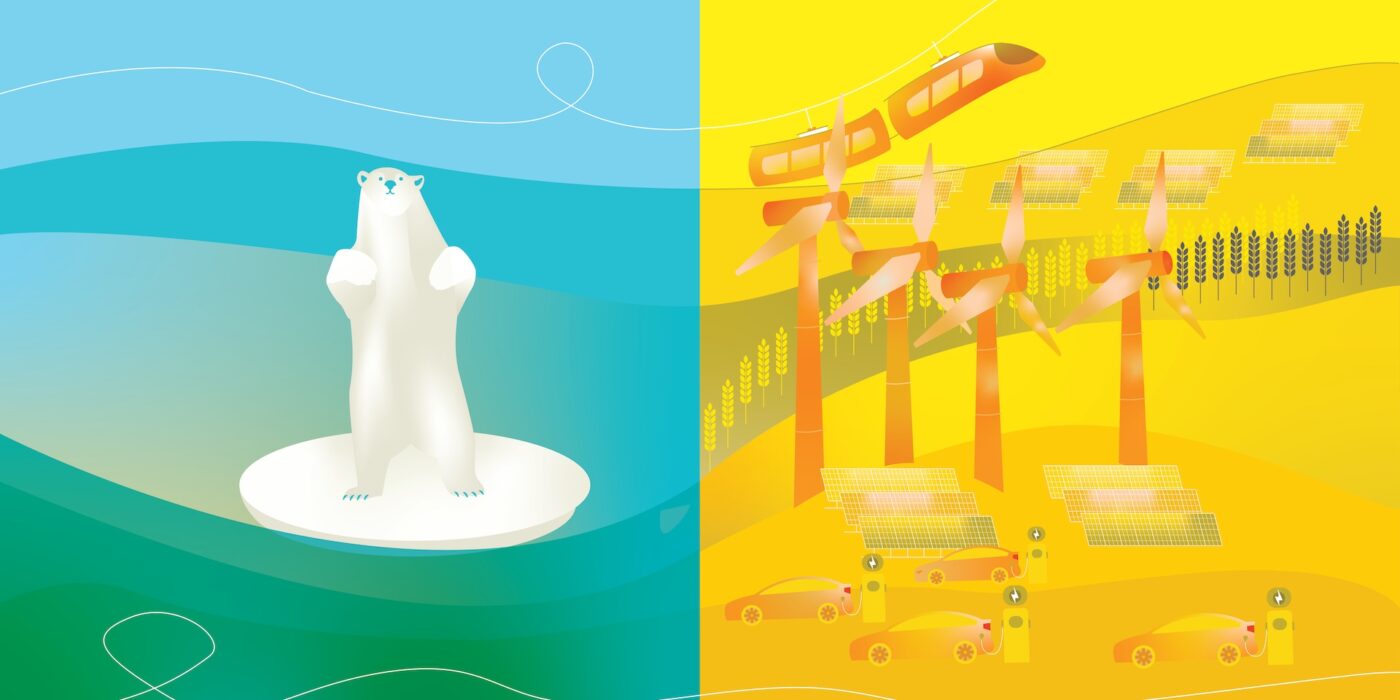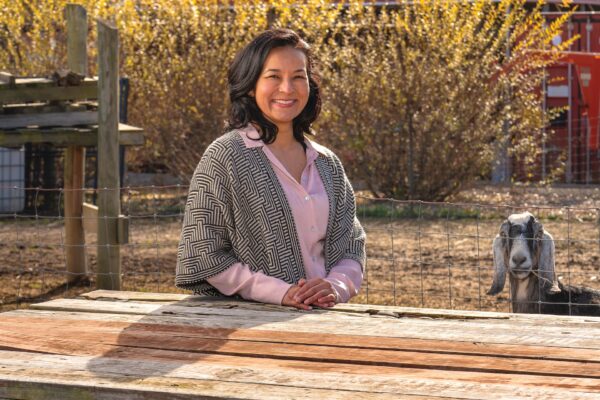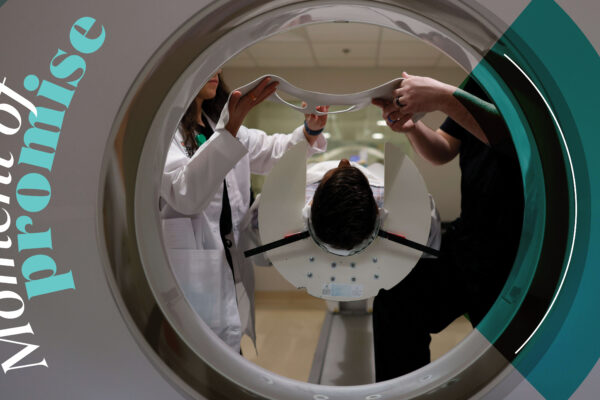“Facts don’t matter.”
With this provocative statement, Eleanor Pardini grabs the attention of students in her science communication course.
Pardini designed “Beyond the Evidence” after wrestling with this question: Why do facts about topics such as climate change and vaccines spark vastly different reactions among groups of people? At the same time, she noticed that her natural science students lacked knowledge that could make them better communicators.
“It’s important to understand how humans receive and process information and make decisions,” says Pardini, a teaching professor in environmental studies in Arts & Sciences. “And that is a piece of interdisciplinary training that we don’t typically include in natural science curricula.”
To remedy this, Pardini introduces data from the fields of cognitive psychology,
behavioral economics and political science, in addition to works by artists, humanists and community organizers.
For example, she says, there’s a wealth of evidence from cognitive psychology that says people base decisions largely on identity, beliefs, feelings, values and moral worldviews. “When I say facts don’t matter, the students are really uncomfortable with that and sometimes it’s a struggle for them,” she says. “Looking at moral worldviews that are different from your own can be really uncomfortable.”
“The best science communication incorporates these principles: You really understand your audience, you understand what moral foundations matter to them, and you frame your information in terms of those moral foundations.”
Eleanor Pardini, teaching professor in environmental studies
She created this course in 2018 partly in response to a memorable discussion about vaccine hesitancy in a different course. She says the response from students was basically, “Why are people so stupid?”
“I felt very dissatisfied with that,” she says. “I thought it was much more complicated. That response was underestimating people.”
Pardini wants her students to use respectful language and realize that people usually are well-informed. “We just have different ways of perceiving what makes us safe or who keeps us safe,” she says. “Do individuals and families keep us safe? Does the government keep us safe?”
Our brains have evolved shortcuts that allow us to quickly size up perceived threats, Pardini says. “We have lots of biases, stereotypes
and a strong gravity toward figuring out who our people are,” she says. “We are moved by stories and relationships.”
Successful communication depends on understanding your audience. If your audience values liberty and individual decision-making versus care and harm, you should design your public health policies and frame your messages in terms that matter to your audience. It’s also effective to leverage relationships, choose the right messengers and do a lot of listening.
She recommends using fear sparingly. “You can do a little bit of fear but not too much because doom and gloom cause paralysis,” Pardini says. “The best messaging is a little bit of fear mixed with a healthy amount of optimism and solution.”
On climate, portraying people working together to solve problems is more effective than showing a lone polar bear adrift on a small patch of ice, she says. Also, negative statistics or projections can cause people to feel overwhelmed or hopeless. She suggests breaking long-term solutions into short, manageable chunks. “If
we want to cut carbon emissions 80% by 2050, instead say that we want to reduce carbon 2% per year by 2050,” she says. “It’s the same total amount, but people react much more positively to the 2% a year.”
Upper-level students from many disciplines — including pre-health, environmental studies, biology, political science and business — interact and engage with the ideas in this class.
“Because of this course, I feel more confident in my abilities in scientific communication,” says Lara Briggs, a senior studying political science and environmental analysis. “And I also had the valuable chance to examine my own belief systems.”
Pardini wants students like Briggs to go out into the world equipped with all the skills they need to make a difference.
“My goal is to teach future leaders working on important global challenges to
be strong, effective science communicators,” Pardini says.



